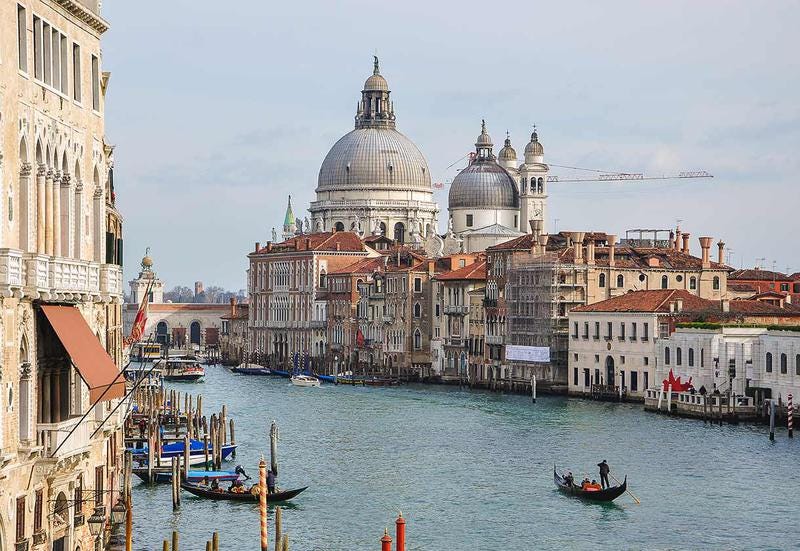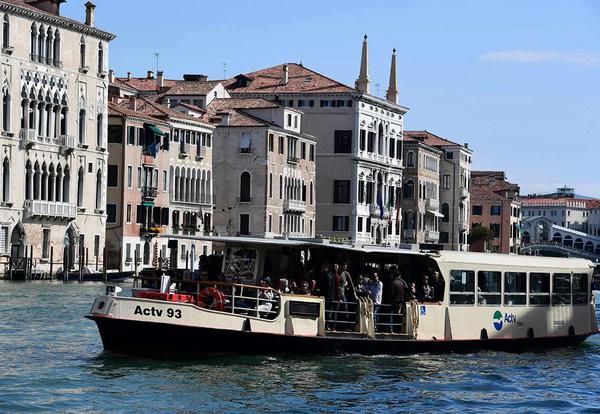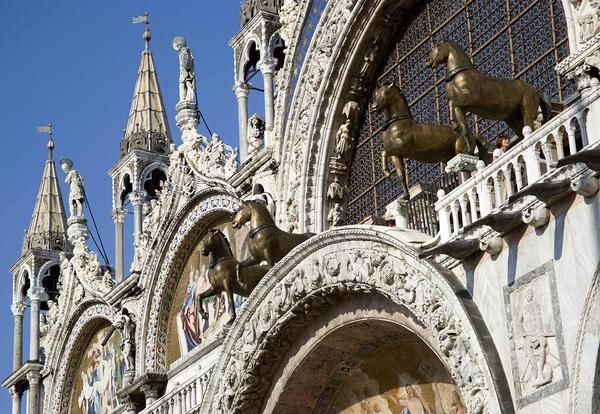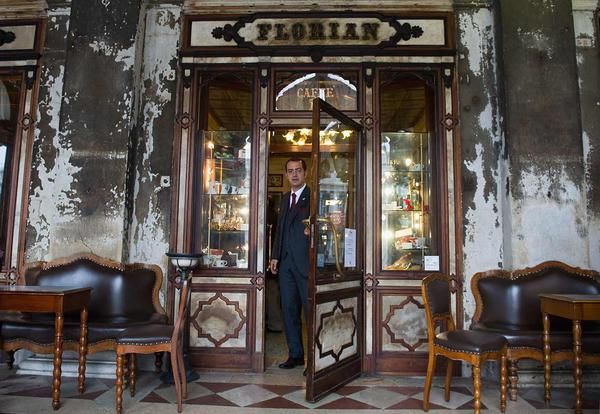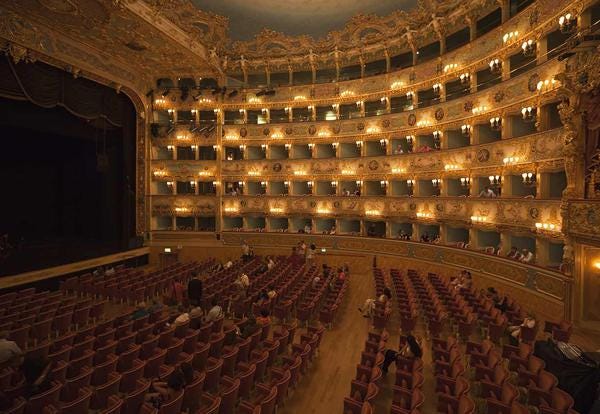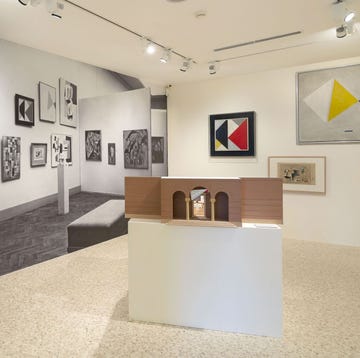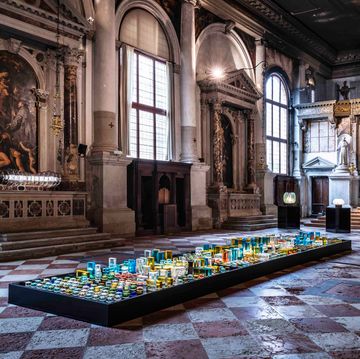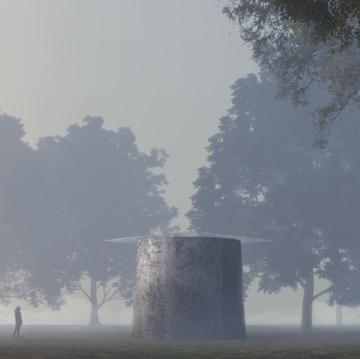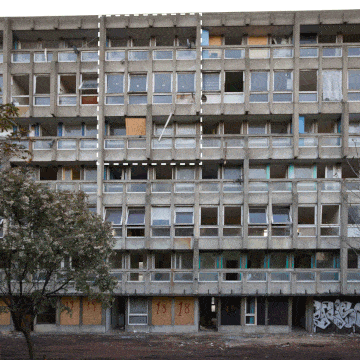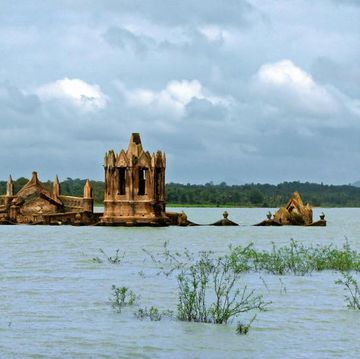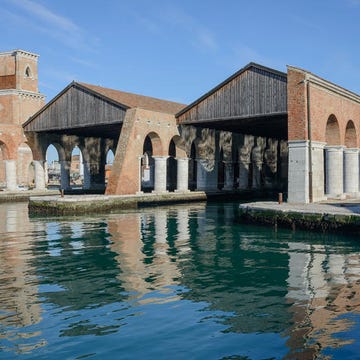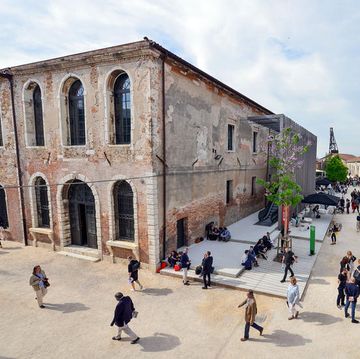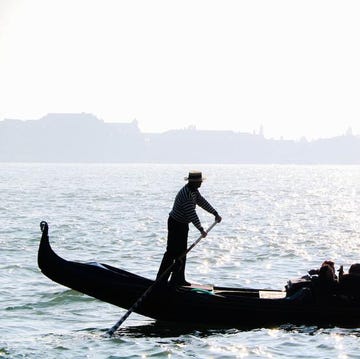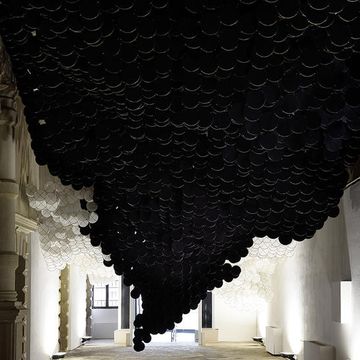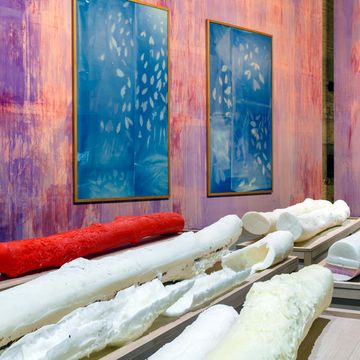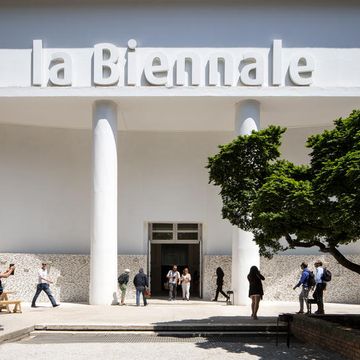Discovering Venice using a 1800s traveling guide. Gabriella Gage from The Globe and Mail recently tried to navigate the city relying solely on the guidance of antique guidebooks. The reason is simple: “I like old stuff”. Actually, the article’s title is Timeless City, and maybe Venice is timeless, if, two centuries after, history has continued to stratify itself without losing nothing of its glorious past. Let’s try to figure out if that is really how things are.
Mrs Gage embarked to discover Venice in one only day, relying on three very little contemporary guides: that of British writer and traveler Mariana Starke, with her Travels in Europe Between the Years 1824 and 1828; Italy: Handbook for Traveller by German publisher Karl Baedeker, internationally considered as the father of the modern urban traveling guide; A Week in Venice: A Complete Guide-book to the City and Its Environs, published by GEM and Colombo Coen, a rather unknown, Trieste-based publisher of Jewish descent about whom there is almost no information.
Lead by her three vintage cicerones, Gage discovered that the Venice Santa Lucia train station, inaugurated on November 7, 1866 by King Vittorio Emanuele II, was not far from where it stands today. The railway bridge connecting Venice to the mainland had been opened on January 11, 1846, while the Grand Canal’s terminal backdrop, together with the Church of Santa Lucia and that of Corpus Domini had been demolished in order to build the new railway station.
The Grand Canal was the most beautiful and popular street in the whole city at the time when gondolas were not a touristic attraction but a simple, cheap means of transport even though municipal steamboats already existed. Little by little, Colombo Coen’s guidebook describes all the main points of interest along the route: Piazza San Marco, with its 11th century basilica and the Horses of St. Mark's sculptural group, captured by the Venetian Republic during the siege and sack of Constantinople in 1203.
Here we find the Caffè Florian, the world’s most ancient bar. Inaugurated on December 29, 1720 by Floriano Francesconi, it included Giacomo Casanova and a variety of famous revolutionaries among its regulars. Then, the infamous Bridge of Sighs and Scala Contarini del Bovolo. Although not exactly up-to-date, Mrs Gage’s three guidebooks offer plenty of suggestions about Venice must-sees, to discover unknown masterpieces hidden in churches and history museums that are not to be found in today’s tourist guides, as Gage wrote.
That is not all, though. If you’d love to discover a piece of 1800s Venice, we suggest a brief visit to the Teatro La Fenice opera house. Try to get lost in the intricate net of ancient alleys and stop in at Venice’s oldest bàcari (old bars and taverns) such as Cantina Do Mori - where Giacomo Casanova brought his lovers on their first dates – which serves original cichéti since 1462. Let yourself be seduced by the craftsmanship of master artisans working in the Murano glass foundries and take a stroll along Via Garibaldi, whose origin dates back to the times when Napoleon Bonaparte decreed the closure of the Rio di Sant’Anna.
If you’d like to keep on seeing yourself plunged amidst a 1800s atmosphere, even at night, you could try to imagine where our beloved authors Starke, Baedeker and Colombo spent their nights while working on their respective guidebooks. It is more than likely that they would have suggested a stay at the Hotel Cavalletto & Doge Orseolo, established as a tavern in 1200 and subsequently renovated during the 1800s, a 4-star hotel that boasts the Duke of Aosta, Richard Strauss and Winston Churchill among its past guests. Lastly, the Hotel Danieli: built as a sumptuous dwelling for the Dandolo family in the late 1300s, it was converted into a luxury hotel by the Venetian Giuseppe Dal Niel of Friuli, known as Danieli, in 1822.
Opening photo: THE GRAND CANAL, VENICE
